I hear the rustling of students scattering in every direction, rushing to find good hiding places behind thick-trunked trees or downed logs. It is the middle of our “Furry Friends” class, and we have been discussing mammalian adaptations to avoid predation. The activity, Camouflage, is like a modified version of hide-and-seek, and is an all-time favorite among students.
 Camouflage consists of three rounds: the initial hiding round, a round where students make animal noises, and finally a round where students must peek to see how many fingers the instructor is holding up. Although the game is designed to illustrate the importance of camouflage for avoiding predation, students also imitate many other predator-avoidance strategies seen across the animal kingdom.
Camouflage consists of three rounds: the initial hiding round, a round where students make animal noises, and finally a round where students must peek to see how many fingers the instructor is holding up. Although the game is designed to illustrate the importance of camouflage for avoiding predation, students also imitate many other predator-avoidance strategies seen across the animal kingdom.
Round One: Hiding
I open my eyes, and gain a quick appreciation for the difficulties predators must encounter. There are no students anywhere in sight. Turning in place, I scour the forest for any sign of hiding students.
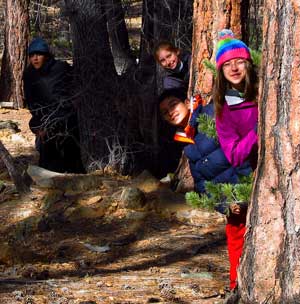
There’s almost always one student wearing fluorescent colors, and no matter how good her hiding place, she is almost always caught first.
Any patterning, coloration, or even shapes that help animals avoid detection is considered crypsis. Crypsis, more commonly called camouflage, is hugely important in the animal world, and is the most widely discussed predator defense mechanism.
The pale brown fur of deer matches brown leaves and pine needles, and stick insects look and behave like twigs. Just as students wearing neutral colors are less likely to be caught, crypsis helps animals avoid detection.
Regardless of their clothing, most students also find shelter to hide behind. Just as students dash behind trees or logs, animals also use natural structures as defense. The local ground-squirrels dig burrows. Arboreal squirrels, like the Western Gray Squirrel, build nests of leaves and sticks in trees. Birds build nests on branches or in tree cavities, wasps build structures of paper, and lizards hide in piles of rocks.
Sometimes, however, shelter is limited, and there are not enough hiding places for students to hide alone. In these situations, students—like animals with limited shelter—often hide in small groups. Although groups may draw more attention from predators, they also offer many benefits to their members.
One such benefit is called “dilution effects,” meaning that, when a predator pursues the group, each individual has a better chance of survival than if it was alone. Larger groups yield larger dilution effects.
Even if I spot one student in the group, several additional students may escape detection. Although dilution effects benefit all students in the group, each individual still acts in his/her own interest. Groups are thus considered a “selfish herd,” meaning that, although the group works together, each individual primarily cares about its own survival. No student wants to be caught, so all fight for the best position, and some unfortunate student inevitably gets pushed to the edge of the group.
I spot a boy with neon-colored pants, and a girl hiding behind a huge downed log. There are clearly other students behind the same log, but they are out of sight from my designated viewing point.
Round Two: Animal Noises
I can’t see anyone else, so start the next round by yelling, “animal noises!” The hidden students erupt with ca-caws, snorting, howling, and all sorts of other bizarre noises.
If you’ve never tried to pinpoint the source of a sound without moving, I challenge you to try. Some sounds are easier to locate than others. Loud, raucous calls—from humans and animals alike—are relatively easy to pinpoint. Calls that have high and clear tones, however, are much more difficult to locate. For this reason, many animals have specific “alarm calls” that are different from their normal calls.
For example, the regular call of Mountain Chickadees is very different from the alarm call they use to announce the presence of a predator. The predator alarm call has acoustic qualities that make it difficult to localize, allowing the animal to warn its family members while putting itself at less risk of detection.
Round Three: Numbers
I call out a few more students whose loud snorting and howling allowed me to spot them. There are still eight more students out there, though, so I begin the activity’s third round. “Numbers!” I shout, and hold up four fingers on my hand.
To win, the students must know this number. They therefore must peek out and count my fingers without being spotted. This challenge of vigilance is something that all animals face. How can you keep tabs on your predator without being discovered?
Many animals negotiate this issue by timing their movements carefully. When the predator is active, the animals freeze. When the predator moves away, or looks in a different direction, the animals know they are safe. Students sometimes gauge the volume of my voice to determine which way I am facing, and purposefully look when I am facing away. This tactic enables them to get the information they need without putting themselves at risk.
Animals that live in groups benefit from improved vigilance. In these situations, the duty of vigilance is shared, so that each individual has more time for foraging and resting. Similarly, students hiding in groups sometimes delegate one student to peek out and report back to the others. This strategy only puts one individual at risk, allowing the others to stay safely hidden.
I call out one more student from behind the giant log, plus a few others from behind scattered bushes and trees. A few students still remain hidden, so I yell, “Camouflage!” one final time. A student emerges from right behind the nearest tree, and tells me that the magic number was four. She is deemed the winner and the activity is over.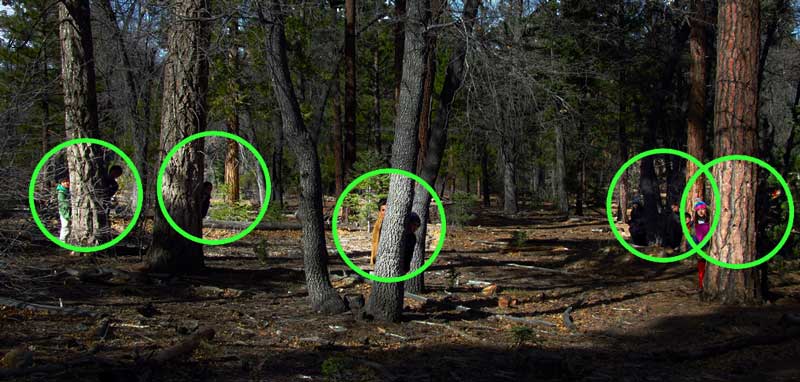
Now What
End of the story, right? Well, not quite. Students don’t always play by the rules, and neither do animals. Predators and prey alike have found countless ways to cheat the system in an ongoing evolutionary arms race. Innocuous animals may use mimicry to imitate toxic predators, like the famous example of king snakes and coral snakes.
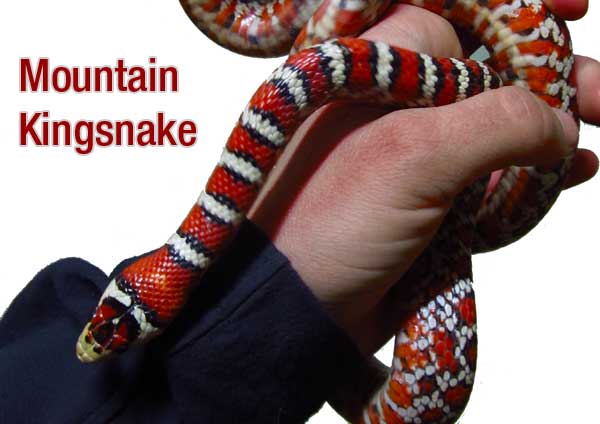
Mountain Kingsnakes are innocuous, but mimic the highly venomous coral snake. The patterning of red, yellow, and black rings is one way to differentiate between the two. You can remember which is which by thinking, “Red touches yellow: kills a fellow. Red touches black: venom lack.” Checkers, pictured here, is our resident Mountain Kingsnake at our Nawakwa Site.
Other animals have eyespots to delude predators into thinking they’re being watched. Still other animals, like mule deer, have bright flashes of startle coloration to confuse predators.
But just as I gradually learn which students are likely to cheat, predators also outsmart their prey by evolving ways to overcome the prey’s defenses. To succeed, they must keep learning, keep changing tactics, and keep developing new strategies.
In the animal world, the game of Camouflage is never really over.
At High Trails Outdoor Science School, we literally force our instructors to write about elementary outdoor education, teaching outside, learning outside, our dirty classroom (the forest…gosh), environmental science, outdoor science, and all other tree hugging student and kid loving things that keep us engaged, passionate, driven, loving our job, digging our life, and spreading the word to anyone whose attention we can hold for long enough to actually make it through reading this entire sentence. Whew…. www.dirtyclassroom.com

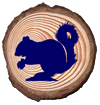

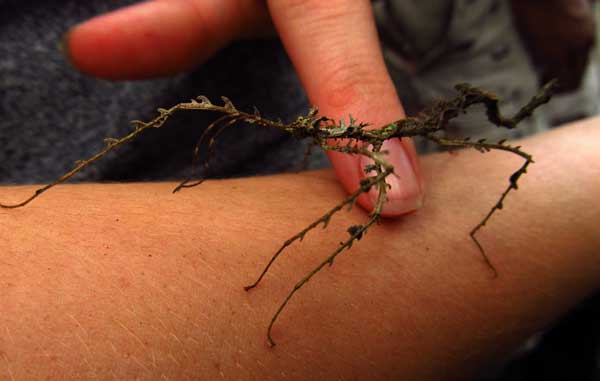
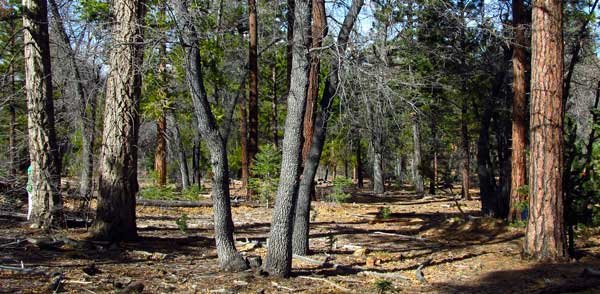
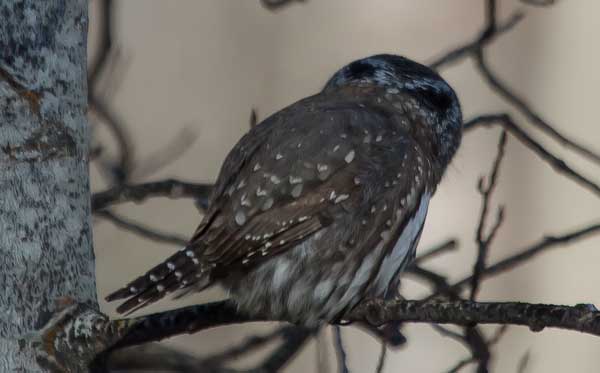
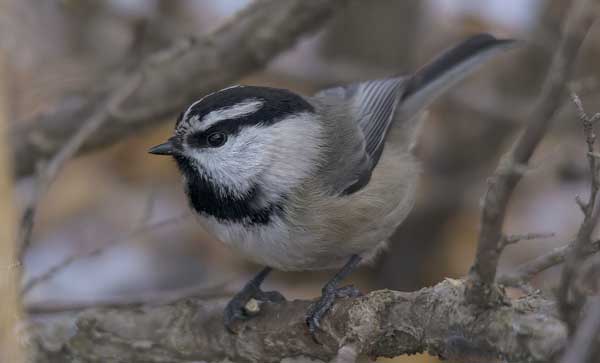

Comments are closed.